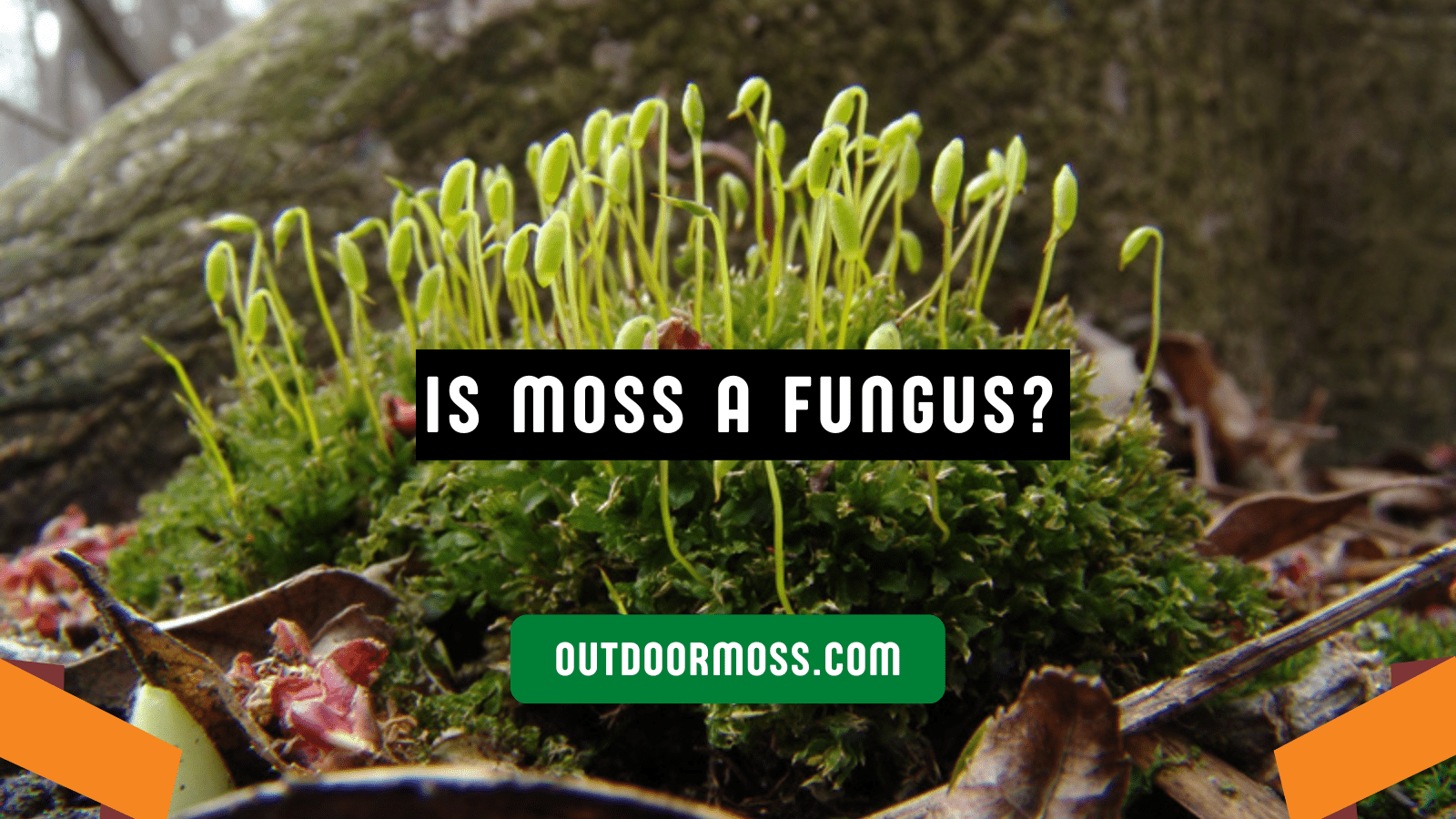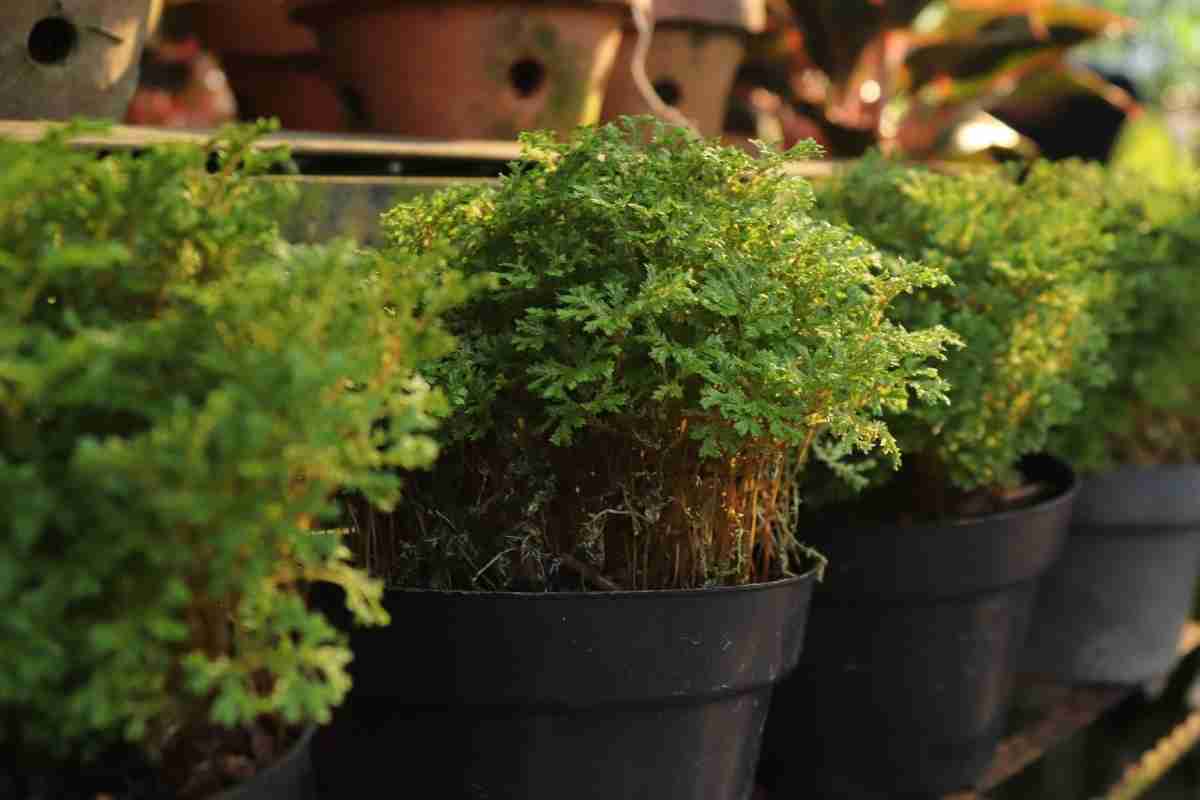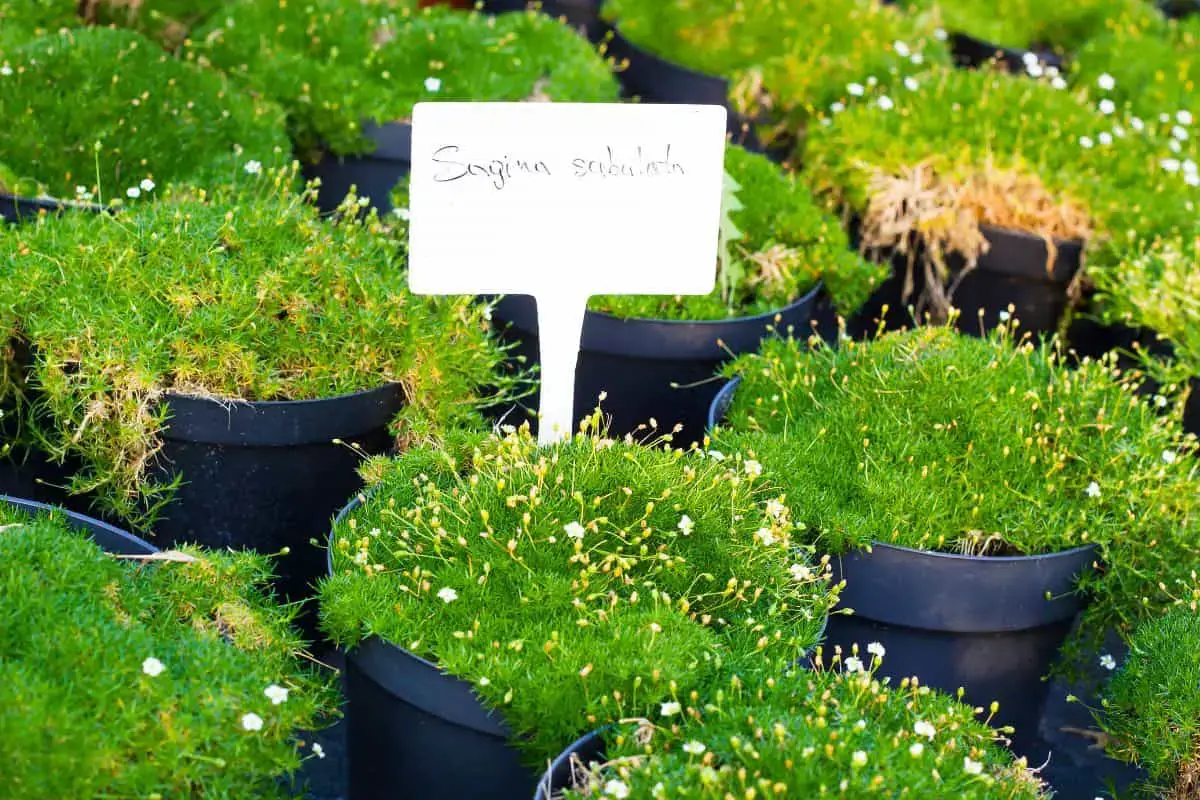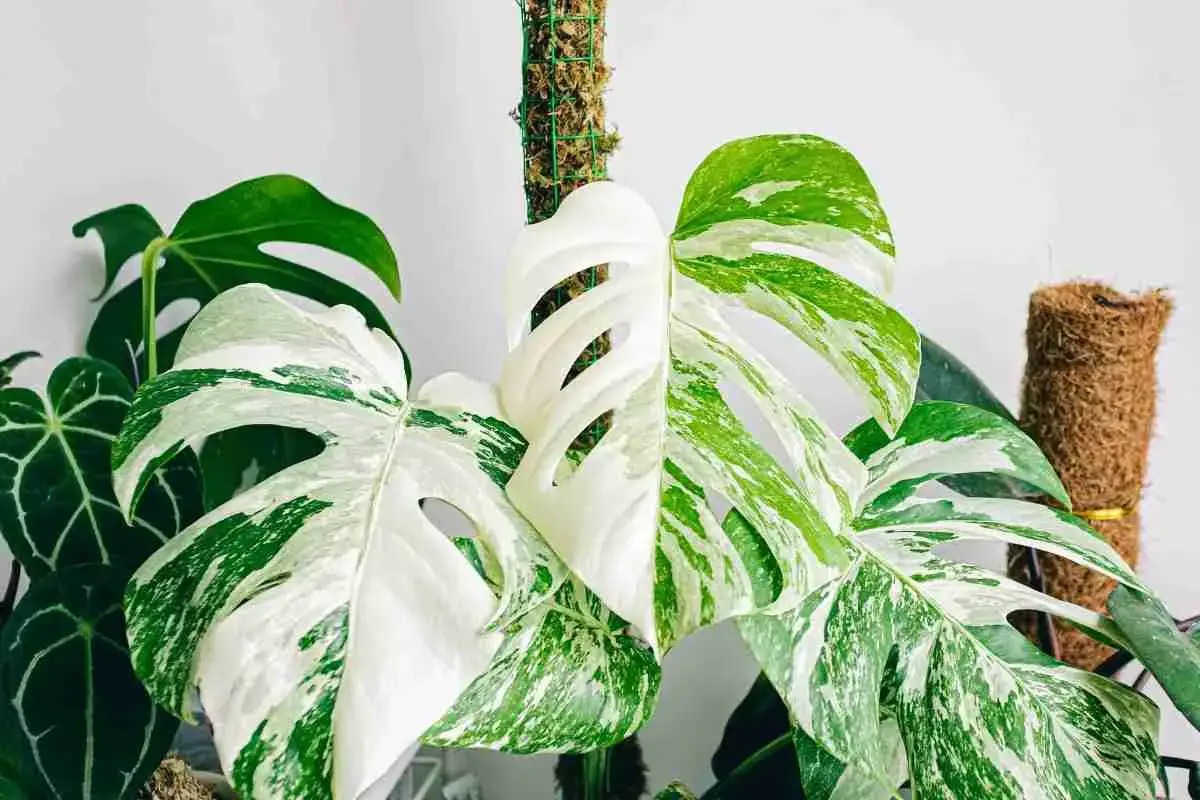
How to grow moss without moss. And why you’d rather not
Read more![The Dark Side of Moss. What side of the tree does moss grow on? [Simple Explanation]](/img/side-of-the-tree-does-moss-grow-on.jpg)
The Dark Side of Moss. What side of the tree does moss grow on? [Simple Explanation]
Read more
How to Grow Moss with Yogurt? Step By Step Guide!
Read more
How Fast Does Irish Moss Spread?
Read more
Best Homemade method to Kill moss on tarmac driveway
Read more
Moss vs. Fungus: Exploring the Differences and Why It Matters!
Read more
How To Grow Moss On Stone? The Ultimate Guide!
Read more
Is Moss Good For Plants? (Indoor & Outdoor Plants)
Read more
How to Grow Moss on Rocks and Impress Your Friends (or Enemies)
Read more
How To Grow Irish Moss Between Pavers?
Read more
8 Unique And Creative Moss Pole Alternatives
Read more